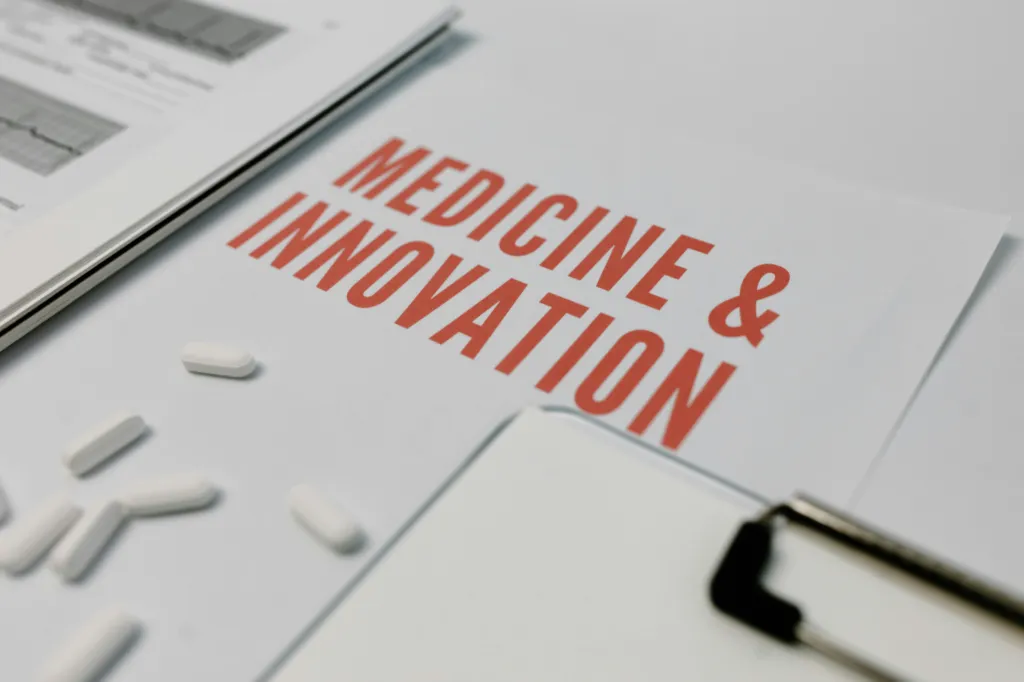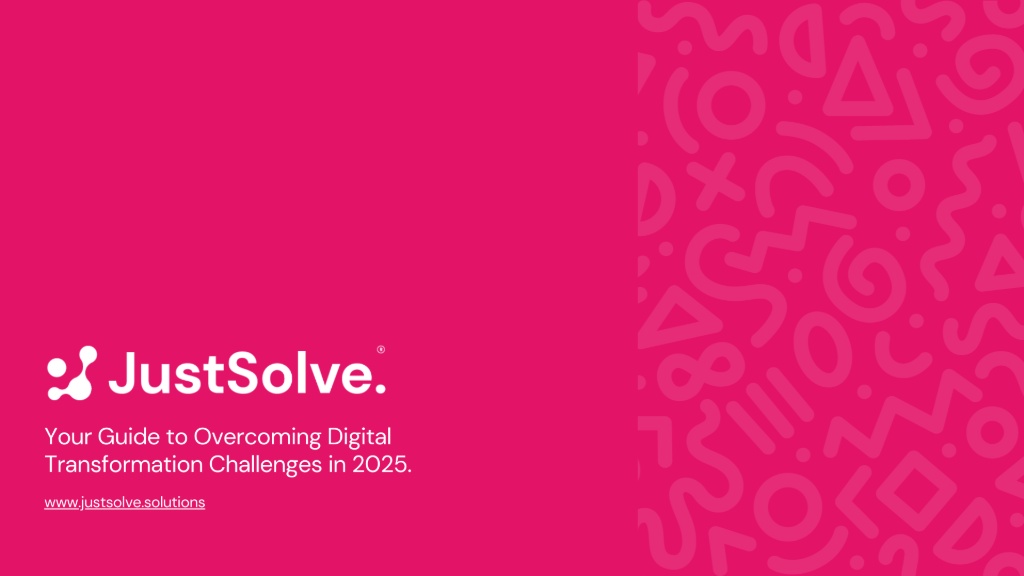According to Atlassian.com, the definition of Agile is as follows:
“Agile is an iterative approach to project management and software development that helps teams deliver value to their customers faster and with fewer headaches. Instead of betting everything on a “big bang” launch, an agile team delivers work in small, but consumable, increments. Requirements, plans, and results are evaluated continuously so teams have a natural mechanism for responding to change quickly.”
Doing Agile
As a certified PMP I was involved in numerous Waterfall projects, and for sure, Waterfall will always have a place in projects where there is more predictability, but the one thing that I’m always reminded of when thinking back on my Project Manager days is the constant WAR around requirements, scope creeps, change requests, complex documentations, hours updating project plans and customers complaining about budget burndown without being convinced about the physical value delivery that’s promised down the line.
In these “fast-food” times we are living in, everything we do is dependent on how fast we can see results. Exercise programs, diets, Udemy short courses, everything for dummies, “In a Nutshell” publications and scanning to the conclusion rather than reading the document. And we don’t expect it to be different in the world of project delivery. Customers want to see results in as little time possible, for the lowest cost at minimal risk.
But are you guaranteed faster delivery when you implement Agile?
I believe NOT. And before all you Agilists throw your stickies, let me explain why I say NO.

Why are companies failing at Agile?
Because the organization is not fully committed to the mindset shift it requires in order for organizational transformation to take place! They keep on doing the same thing, calling it something different, and expecting different results.
I’ve worked in organizations that had all the best intentions of implementing Agile. They grabbed the whiteboards, a pack of stickies and set up a daily scrum, and then continued following the same processes, expecting the teams to deliver software faster, because that is what everyone’s perception was – Agile is about delivering a project in half the time.
Being Agile
To be Agile, you have to start Thinking Agile
The Agile Methodology is not just a set of processes and ceremonies to be implemented, restructuring of a team into smaller squads and slapping a few new names on roles, and calling it Scrum, Lean, Kanban or Scrumban.
(A friend and colleague once said – if you name it, they will blame it!)
We’ve all heard it, to make positive changes in our lives, to shed the unwanted weight and live a healthy lifestyle, we have to start with a psychological change, a mindset shift. That same principle is true for many aspects of our lives and it’s not any different for organizational change.
Agile is a way of thinking and then acting on the new way of thinking!
We can’t keep on doing the same thing and expect different results, right?

What needs to change?
The Agile Manifesto requires us to prioritize:
Individuals and interactions over processes and tools.
Working software over comprehensive documentation.
Customer collaboration over contract negotiation.
Responding to change over following a plan.
Note that it’s not saying that the elements on the right are not important, but the elements on the left are valued more. It is up to each organization to find a good, working balance between the opposites.
The principles behind the Agile Manifesto
(via https://agilemanifesto.org/principles.html)
- Early and frequent value delivery to our customers.
- Change is welcomed and means improvement and competitive advantage.
- Focus on deploying working software as frequently as possible.
- Business and developers work hand in hand every day of the project.
- Motivated individuals deliver. Build a safe environment and encourage self-organization.
- Always encourage face to face communication.
- Measure progress by working software.
- Advocate for a sustainable pace to maintain constant value delivery.
- Good design and technical excellence enhance agility.
- Keep it Simple – are we adding value by doing it?
- Self-organizing teams will produce solid architecture, clear requirements, and simple but innovative designs.
- Reflect frequently and change course if necessary to keep on improving.
In adopting an Agile methodology, you WILL deliver VALUE faster!
If you believe that you are ready to adopt Agile, you will never look back. You can learn more about the Agile Methodology here: https://www.atlassian.com/agile.








